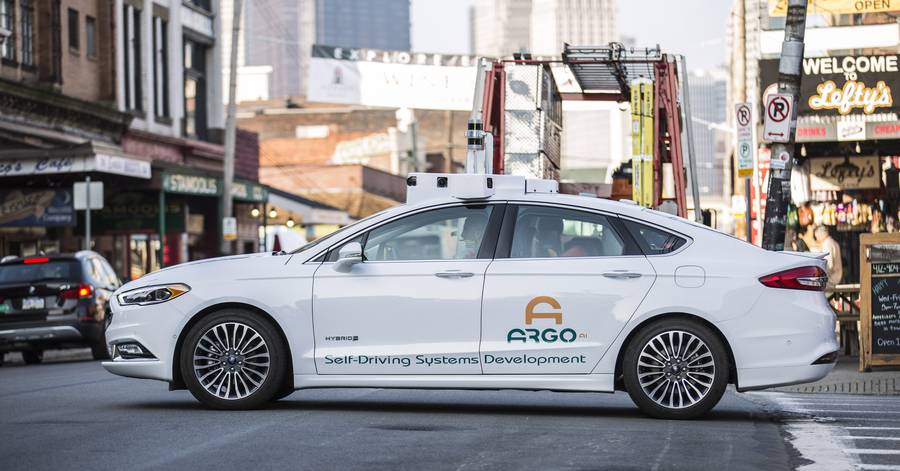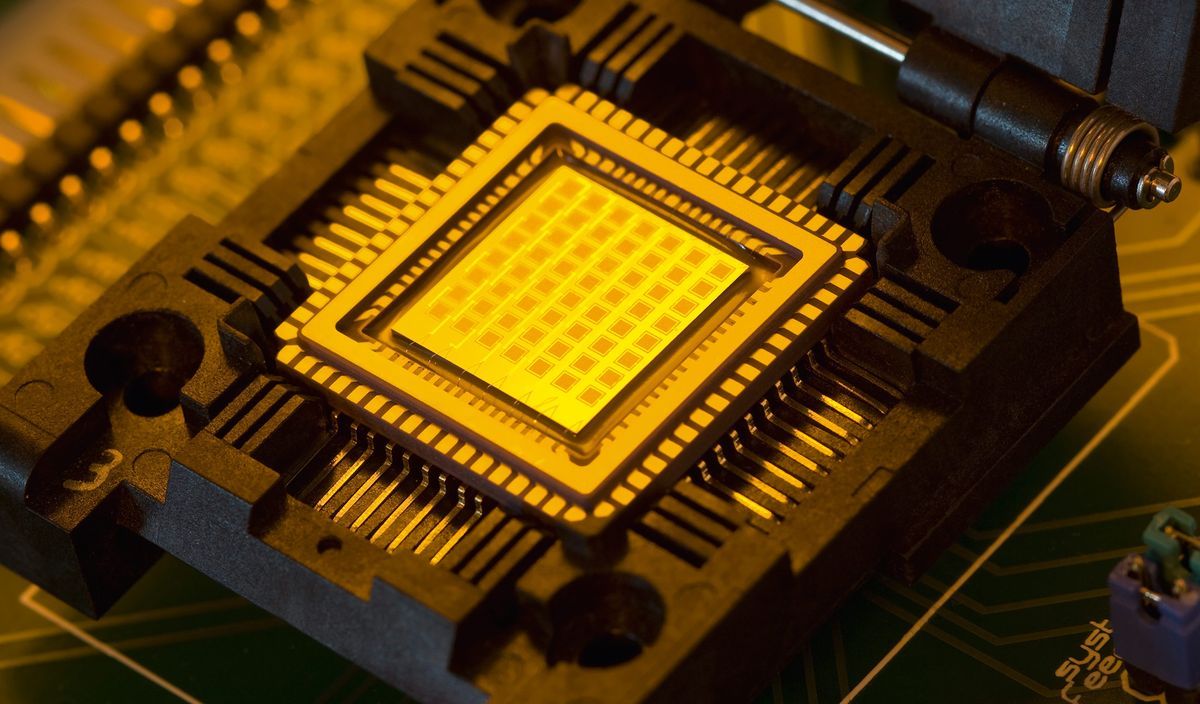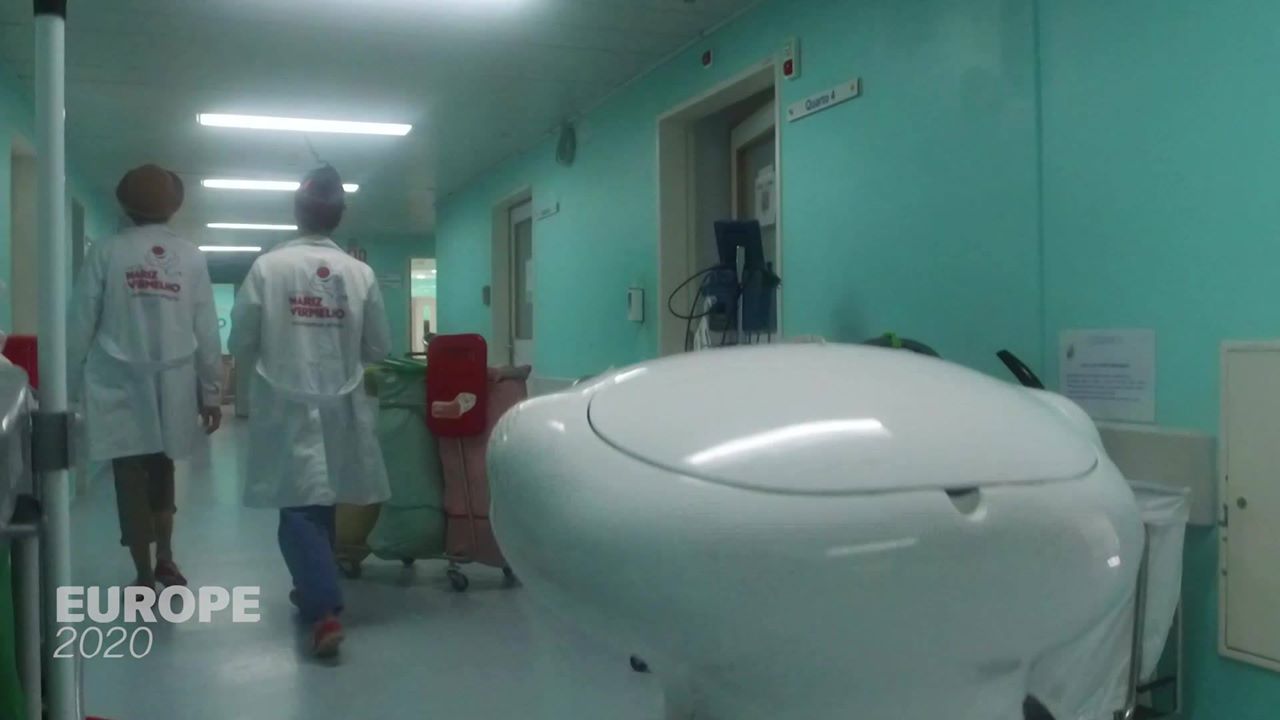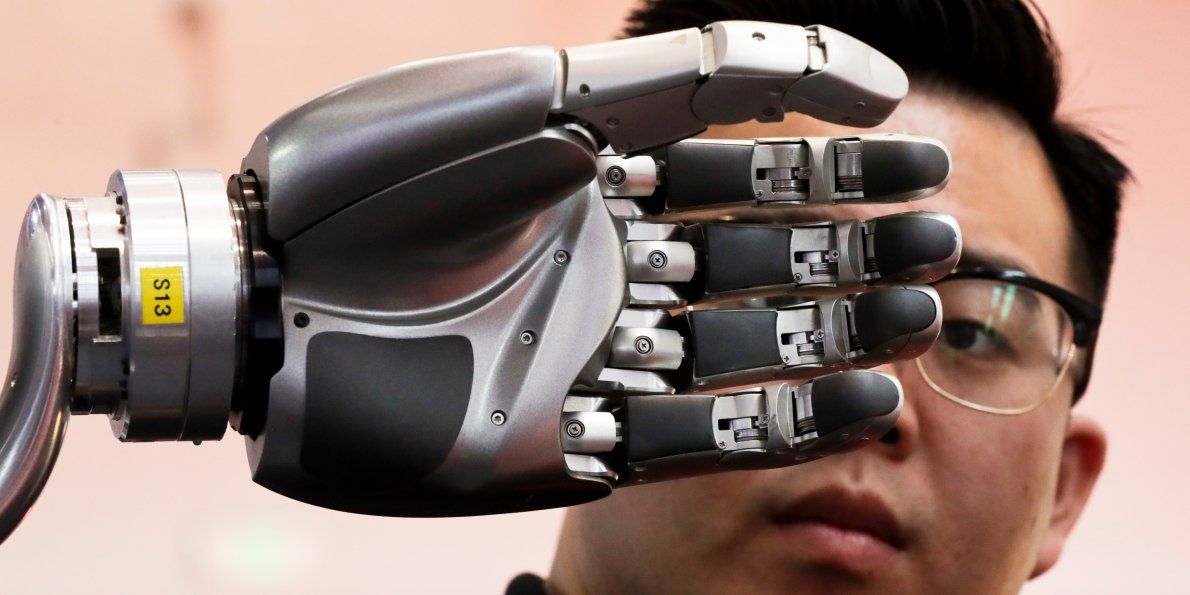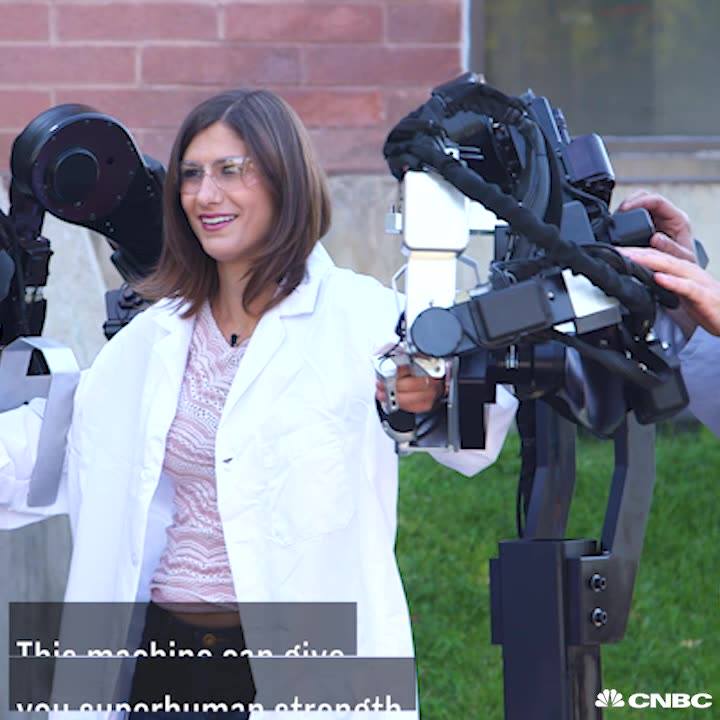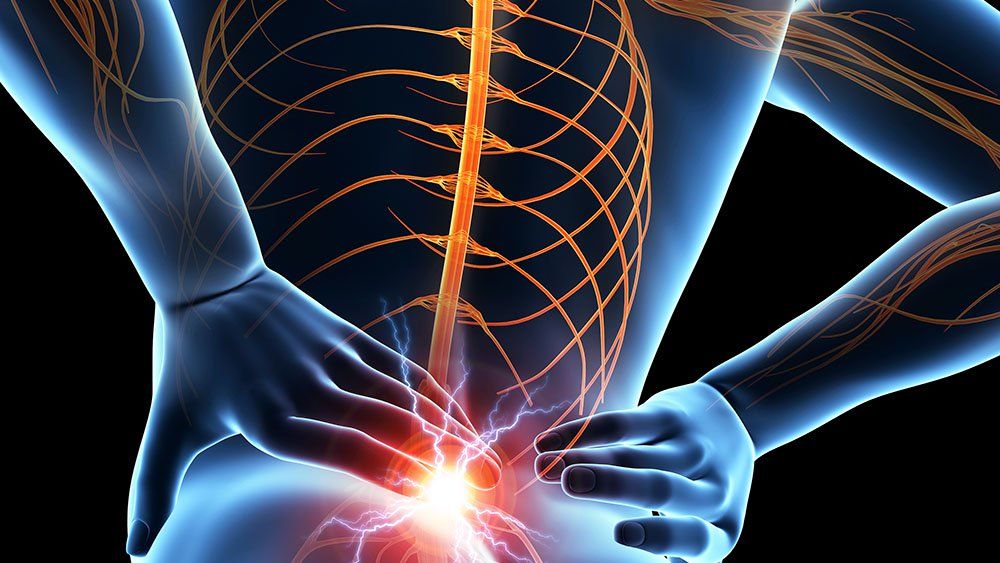Argo AI LLC, a driverless-car developer controlled by Ford Motor Co., has purchased a 17-year-old company that makes laser systems needed to operate cars without human intervention, an important step for a conventional Detroit auto maker looking to boost its role in shaping the industry’s transformation.
Argo AI said Friday it is buying New Jersey-based Princeton Lightwave Inc. for an undisclosed price, a move that provides Ford with more immediate access to so-called lidar systems that use lasers to create a 3D view of the…
To Read the Full Story.
